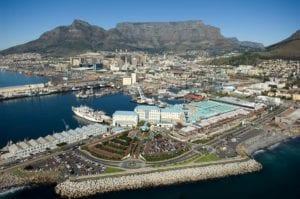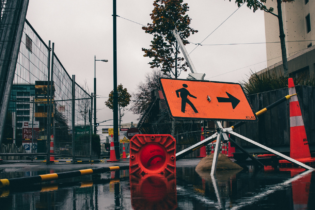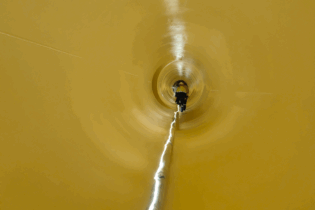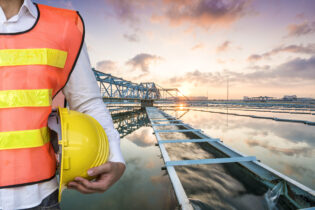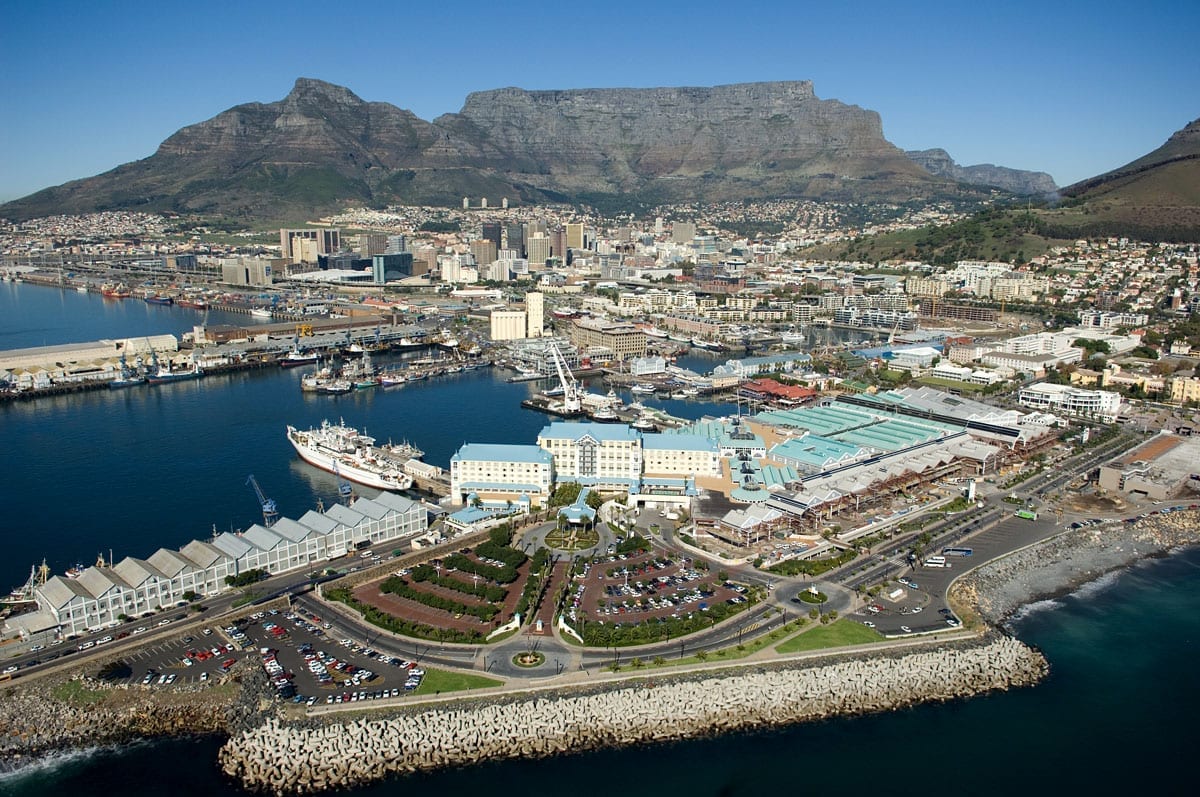 Dam levels in the Western Cape are averaging at below 40% despite Level 3b water restrictions that were implemented last week. This prompted discussions between members of the Western Cape Water Supply System (WCWSS) who debated whether further interventions were required.
Dam levels in the Western Cape are averaging at below 40% despite Level 3b water restrictions that were implemented last week. This prompted discussions between members of the Western Cape Water Supply System (WCWSS) who debated whether further interventions were required.
WSWSS meeting proposed the following:
Several concerns and strategies were raised during the meeting and the following plans were suggested to help maintain a sustainable supply of water. They were:- Due to less reliable rainfall patterns, the WSWSS suggested the development of alternative water sources which includes recycling and the use of ground water.
- Members suggested that the desalination of sea water also be re-evaluated as new technology and lower cost options are available.
- Municipal water be used for essential services only.
- The implementation of onsite stormwater management (to assist with additional storage of rainwater).
- The banning of municipal drinking water in garden activities. Recycled water should be used for this.
- Water restrictions will remain until the dams fill up to 85%.
Excessive water-using areas identified
The City of Cape Town recently identified residential areas where water overuse was extreme, despite the strain the province is under and its severe restrictions. Last week, the city indicated that about 20,000 residents were guilty of excessive water use. They were identified in the following areas: Newlands, Kraaifontein, Somerset West, Constantia, Athlone, Newfields, Rylands and Lansdowne. Mayoral committee member Xanthea Limberg said that overuse in these areas amounted to about 65% of the city’s overall water consumption.Limberg said before Level 3b restrictions were implemented, the average use per household was well under 1,000 litres per day and less than 30 kilolitres per month. She added that high-users consumed about 50 kilolitres of water per month.


